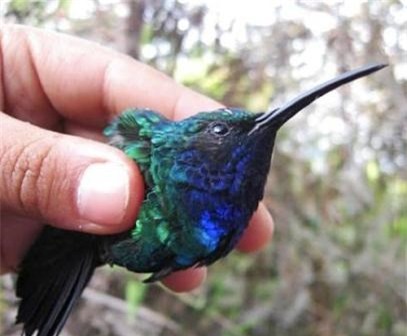The Marvelous Flycatcher: Surprising Insights into a Colorful Avian Species
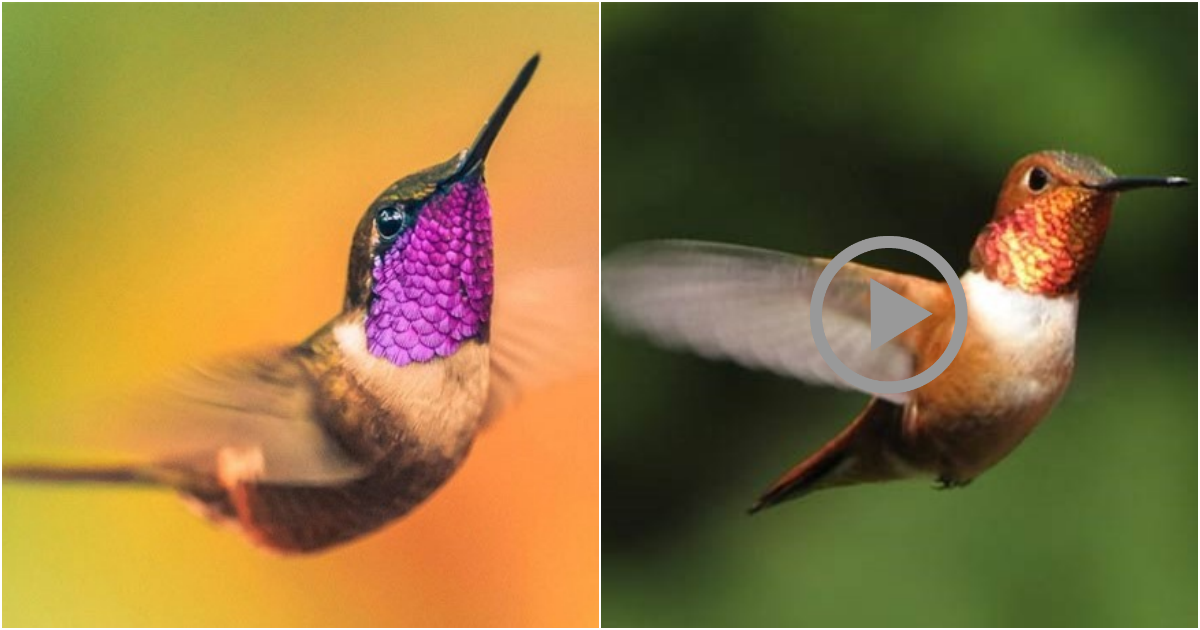
The flycatcher species is known as the “flying jewels” due to their ability to change feather colors while in flight. Flycatchers typically measure around 8 cm in length and weigh between 2 grams to 20 grams. They have fewer feathers compared to other bird species, but they are referred to as “flying jewels” because flycatchers can change the color of their feathers while flying.
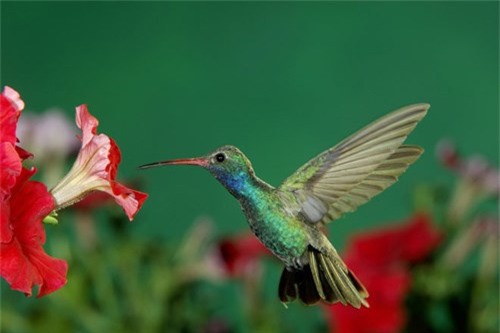
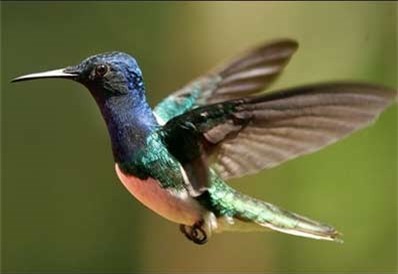 Flycatchers have excellent vision and hearing, surpassing that of humans. They can even detect ultraviolet light. However, they lack the sense of smell. Flycatchers are particularly fond of red tubular flowers. Their long beaks enable them to reach the bottom of the flowers, while their tongue, shaped like a brush, allows them to lap up the nectar within.
Flycatchers have excellent vision and hearing, surpassing that of humans. They can even detect ultraviolet light. However, they lack the sense of smell. Flycatchers are particularly fond of red tubular flowers. Their long beaks enable them to reach the bottom of the flowers, while their tongue, shaped like a brush, allows them to lap up the nectar within.  Flycatchers are renowned for their rapid wingbeats. They can flap their wings up to 70 times in just one second. Unlike other bird species, flycatchers employ a circular wingbeat pattern. This type of flight requires significant energy, which is why flycatchers consume a substantial amount of food each day.
Flycatchers are renowned for their rapid wingbeats. They can flap their wings up to 70 times in just one second. Unlike other bird species, flycatchers employ a circular wingbeat pattern. This type of flight requires significant energy, which is why flycatchers consume a substantial amount of food each day. 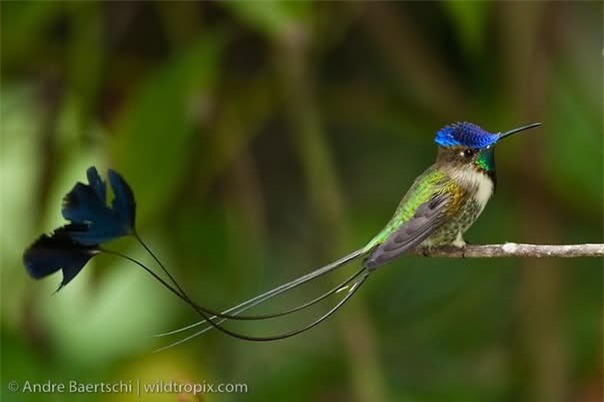 Sugar is the primary energy source for flycatchers during flight, and nectar is the most optimal sugar supply for them. Every hour, flycatchers feed on nectar approximately 5-8 times, with each feeding session lasting between 30 to 60 seconds. On average, a flycatcher will feed on the nectar of around 1,000 flowers per day. Additionally, they consume insects to meet their protein requirements.
Sugar is the primary energy source for flycatchers during flight, and nectar is the most optimal sugar supply for them. Every hour, flycatchers feed on nectar approximately 5-8 times, with each feeding session lasting between 30 to 60 seconds. On average, a flycatcher will feed on the nectar of around 1,000 flowers per day. Additionally, they consume insects to meet their protein requirements. 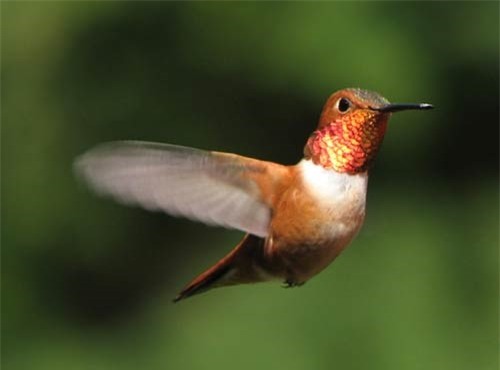 Flycatchers have a remarkably high heart rate. While in flight, their average heart rate reaches 1,200 beats per minute, which decreases to 250 beats per minute during resting periods.
Flycatchers have a remarkably high heart rate. While in flight, their average heart rate reaches 1,200 beats per minute, which decreases to 250 beats per minute during resting periods. 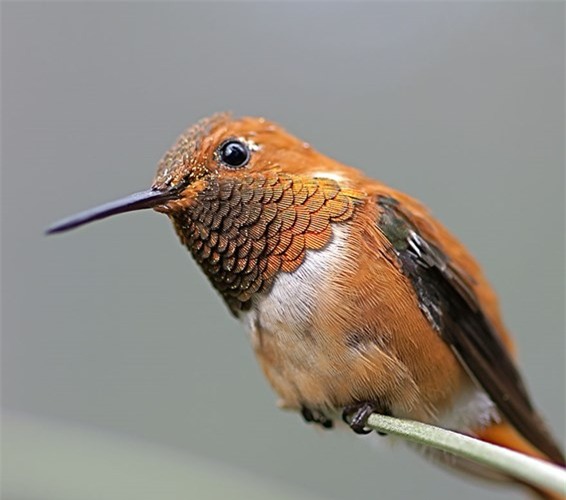 Female flycatchers typically lay two extremely small eggs. These eggs account for 10% of the mother bird’s body weight. Flycatcher chicks are flightless and remain in the nest for the first three weeks after hatching.
Female flycatchers typically lay two extremely small eggs. These eggs account for 10% of the mother bird’s body weight. Flycatcher chicks are flightless and remain in the nest for the first three weeks after hatching. 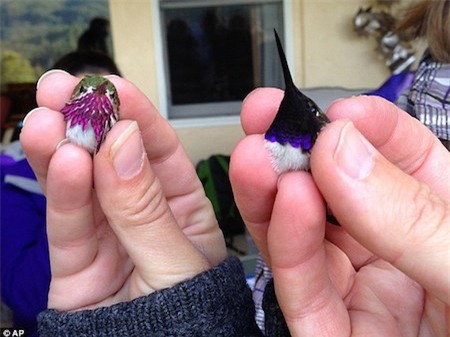 Flycatchers possess exceptional visual and auditory capabilities, surpassing those of humans. They can even detect ultraviolet light. However, flycatchers lack a sense of smell.
Flycatchers possess exceptional visual and auditory capabilities, surpassing those of humans. They can even detect ultraviolet light. However, flycatchers lack a sense of smell. 